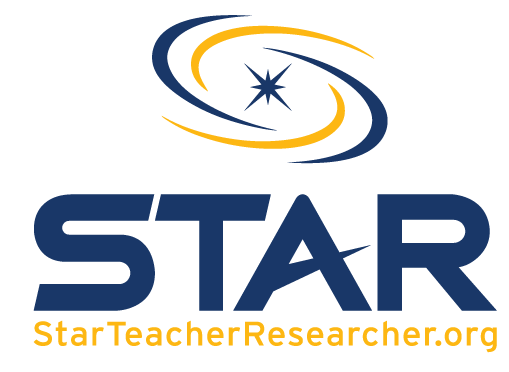Recommended Citation
August 1, 2014.
Abstract
The purpose of this research in the bigger picture is to better anticipate future river flow of the San Joaquin River. By studying the sediments transported from the Sierra Nevada into different formations of rivers such as Turlock, Riverbank and Modesto, we hope to know more about what caused different river flow, sediment transportation and why. Samples from different outcrops in the Fresno quary have been collected and documented by another Fresno State Student. The samples were sieved and measured by phi size then classified by lithofacies. Lithofacies are grouping of rock units with similar lithologic (texture, composition, sed. structures) features. Those used for this project are clast supported massive gravel (GCM), gravel stratified (GP), and clast supported crudely bedded gravel (GH). The GCM lithofacies is one that is more gravity driven instead of stream driven. Lithofacies GH and GP are more water or stream driven.
In order to easily view trends and patterns amongst the sample’s roundness, shininess and roughness, the information has been organized on graphs that group similar lithofacies to compare to those that are not similar. Since facies GH and GP are both water driven versus GCM which is more gravity driven, data from lithofacies GH and GP are graphed together to compare to GCM. Through this process it is possible to see if the processes acting on sediment transport and deposition influence textural features of the sediments.
Mentor
Mara Brady
Lab site
California State University, Fresno (CSU Fresno)
Funding Acknowledgement
This material is based upon work supported by the S.D. Bechtel, Jr. Foundation and by the National Science Foundation under Grant No. 0952013. Any opinions, findings, and conclusions or recommendations expressed in this material are those of the authors and do not necessarily reflect the views of the S.D. Bechtel, Jr. Foundation or the National Science Foundation. This project has also been made possible with support of the National Marine Sanctuary Foundation. The STAR program is administered by the Cal Poly Center for Excellence in Science and Mathematics Education (CESaME) on behalf of the California State University (CSU).
URL: https://digitalcommons.calpoly.edu/star/281


